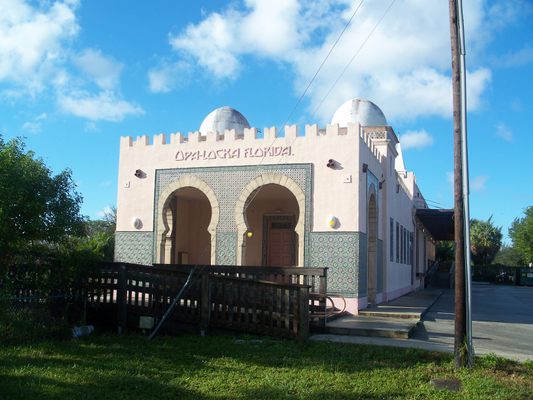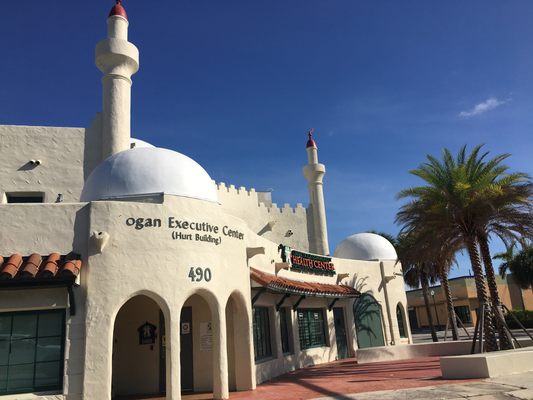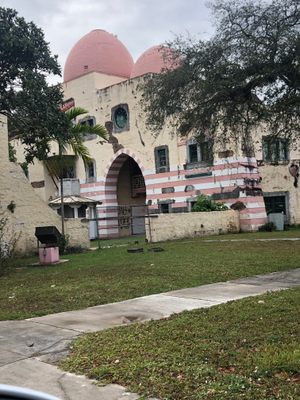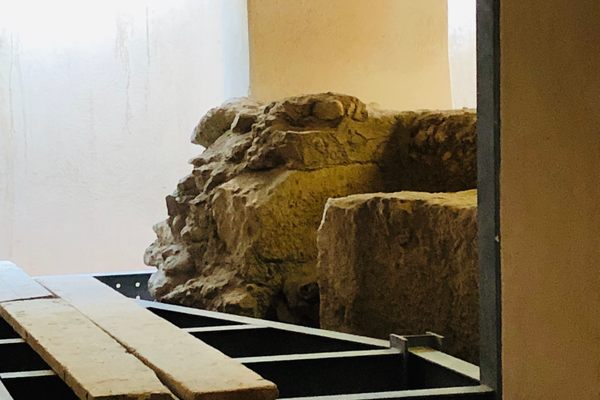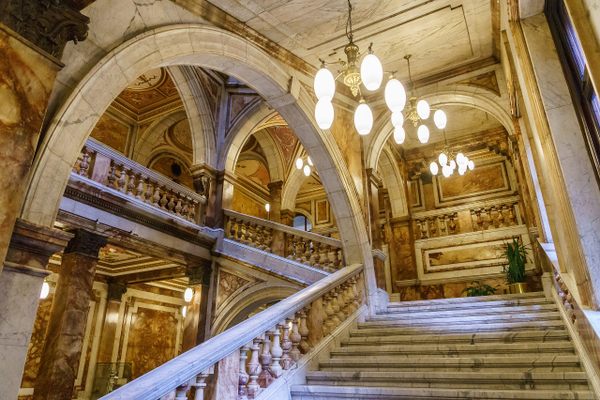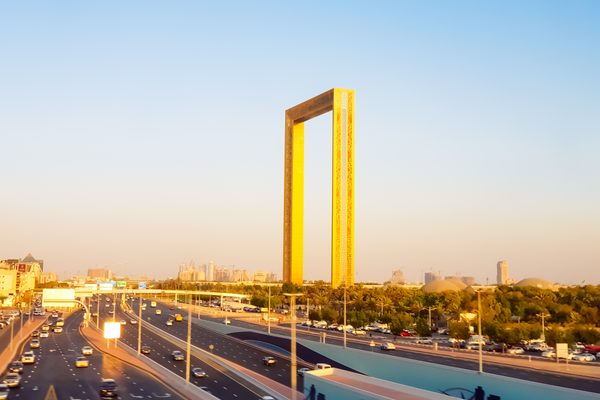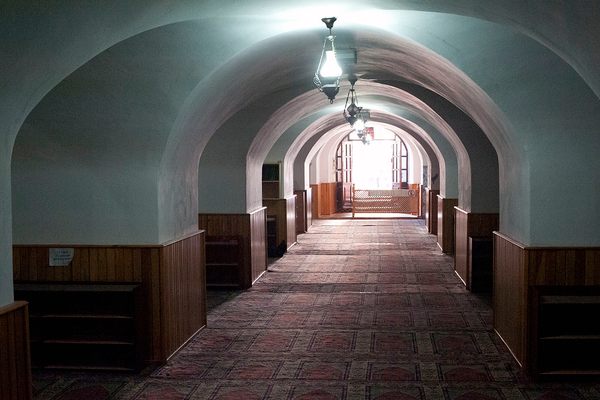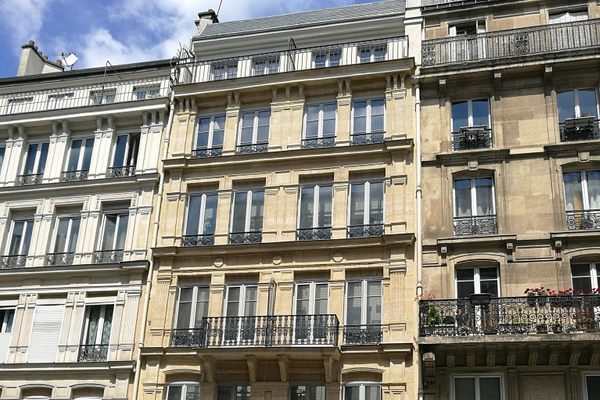About
In a city where the town hall is a sheik's palace, the Chamber of Commerce is a Turkish harem, and the train station is a mosque, you would probably expect to be somewhere in the Middle East. But no, this is Opa-Locka, Florida, a diminutive city northwest of Miami with the nation's largest and strangest collection of Islamic Revival architecture.
Opa-Locka was built during the Florida Land Boom of the 1920s, when films like Rudolf Valentino's orientalist fantasy The Sheik and Douglas Fairbanks' The Thief of Baghdad had harnessed the sultry and romantic appeal of the Middle East into a full-blown cultural fad.
Florida was hot and tropical enough to feel exotic, so when developer Glenn Curtiss built Opa-Locka, he did so around an overt One Thousand and One Nights theme. In addition to the orientalist architecture, the streets were given names such as Ali Baba Avenue and Sabur Lane.
Though the Great Miami Hurricane of 1926 destroyed a number of Opa-Locka buildings, several of the Moorish buildings survived and have since been added to the National Register of Historic Places. The crowning jewel is the former Opa-Locka City Hall building, an onion-domed and minaret-sporting marvel inspired by the description of the palace of Emperor Kosroushah in One Thousand and One Nights.
Opa-locka is currently in a state of advanced decay as the cash-strapped city faces financial collapse. Many of the Arabian-inspired buildings are falling apart, and the former City Hall itself is boarded up and in a state of advanced disrepair, but a walk through the little town still offers a look at the 1920s' idea of exotic luxury.
Related Tags
Know Before You Go
The building is at the intersection of Fisherman Street and Sherazad Street, about two blocks from the current (modern) city hall; the old city hall is clearly visible from the new one. There is ample free parking in the Sherbondy Park lot.
Community Contributors
Added By
Published
August 5, 2016




